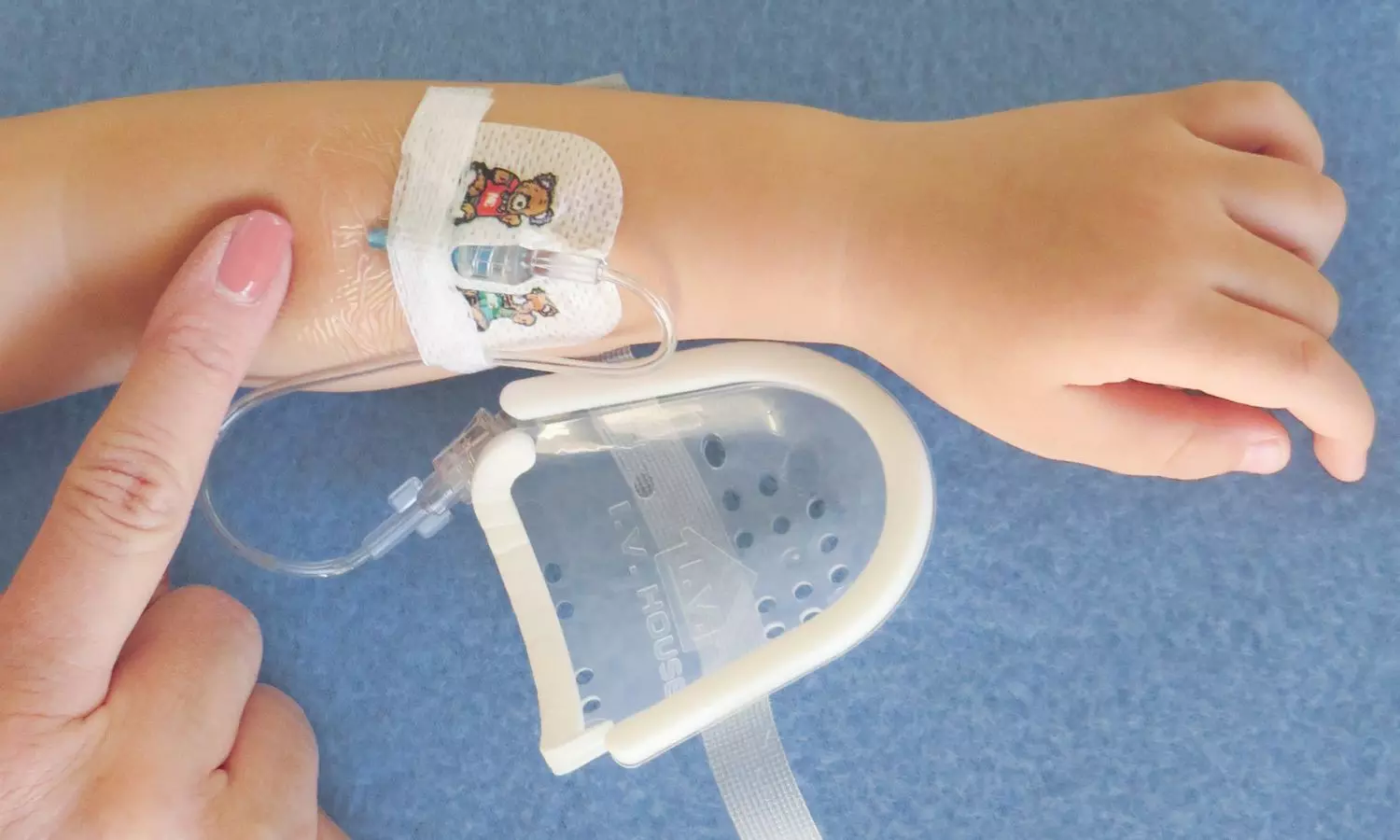Polybrominated Diphenyl Ethers Exposure may Increase Cancer Mortality Risk: JAMA

Polybrominated Diphenyl Ethers (PBDEs) is widely recognized for their endocrine-disrupting properties and have been a growing concern due to their persistence in the environment and potential benefits for human health. A recent research analyzed the long-term health outcomes associated with PBDEs and unveiled a significant correlation between increased levels of these persistent organic pollutants in the body and an higher risk of cancer mortality. The key findings of this study were published in the recent edition of the Journal of American Medical Association.
This study utilized data from the National Health and Nutrition Examination Survey which spanned from 2003 to 2004 with mortality information tracked through to the end of 2019. The study illuminates the urgent need for comprehensive understanding and regulation of environmental PBDE exposure. This nationally representative cohort study included over 1,100 participants with meticulous follow up for an average of nearly 16 years by providing a robust dataset for analysis.
PBDEs is extensively used as flame retardants in many consumer products ranging from electronics to furniture and have become ubiquitous pollutants. The methodology of this study involved sophisticated serum analyses to quantify the PBDE levels in participants by using the solid phase extraction and isotope dilution gas chromatography high-resolution mass spectrometry techniques.
The findings suggest that individuals with the highest third of serum PBDE levels were found to have a roughly 300% increased risk of dying from cancer when compared to those with the lowest levels after adjusting for demographic, lifestyle and socioeconomic factors, along with body mass index. This association highlights a critical and previously underexplored pathway through which environmental pollutants contribute to cancer mortality.
Also, the study did not find a significant link between PBDE exposure and all-cause mortality or cardiovascular mortality. The beneficial effects of these findings underscored the importance of environmental health and safety regulations in alleviating the exposure to hazardous substances. This specificity from the comprehensive study suggests a complex interplay between PBDEs and cancer-related mechanisms that warrants further scientific exploration in detail to uncover the exact biological processes at play. Overall, this study serves as an important reminder of the existing environmental pollution and human health outcomes that paves the way for future policies and interventions to safeguard public health against the hidden dangers of persistent organic pollutants.
Reference:
Liu, B., Lehmler, H.-J., Ye, Z., Yuan, X., Yan, Y., Ruan, Y., Wang, Y., Yang, Y., Chen, S., & Bao, W. (2024). Exposure to Polybrominated Diphenyl Ethers and Risk of All-Cause and Cause-Specific Mortality. In JAMA Network Open (Vol. 7, Issue 4, p. e243127). American Medical Association (AMA). https://doi.org/10.1001/jamanetworkopen.2024.3127
Powered by WPeMatico



















